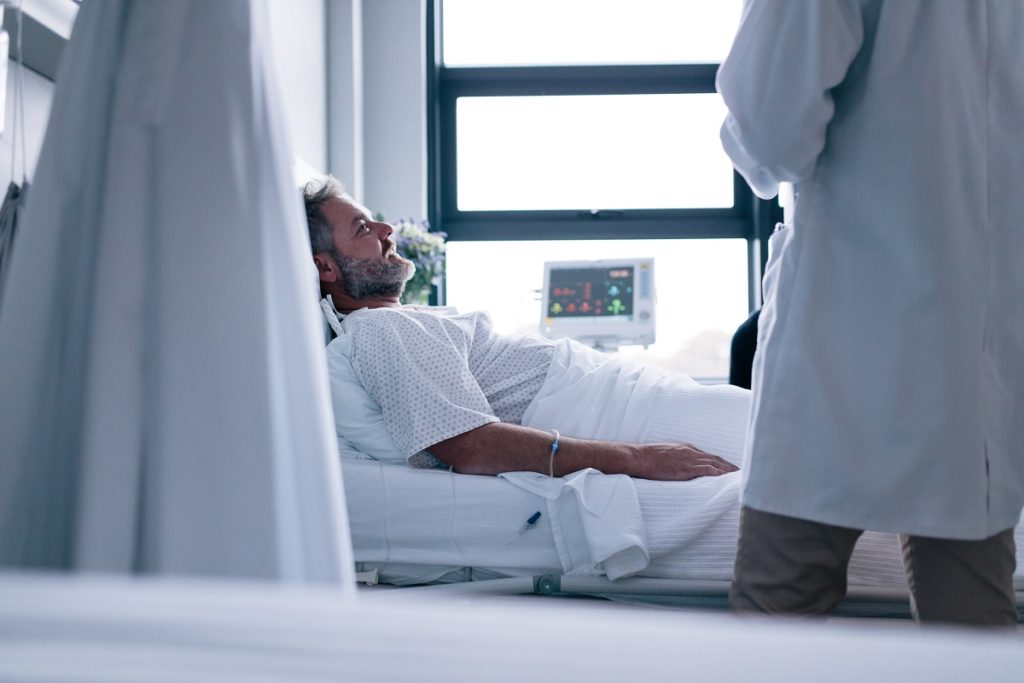The novel coronavirus causes an infection referred to as COVID-19. The virus behind the pandemic, formally named SARS CoV-2, can get into your airway and block it, making it harder to breathe. Fortunately, ventilators can help by helping you take breaths if you can’t do it properly due to the virus—drastically increasing demands for it.
Here are seven things you need to know about ventilators and why they’re in demand.
It Helps You Breathe Better
When you breathe normally, your lungs take in the appropriate oxygen, your body’s cells need to survive and expel carbon dioxide. The coronavirus can inflame your airways, practically drowning your lungs in fluids. A ventilator can pump oxygen into your body with the help of a medical air compressor and breathing tube, helping you breathe better or do the breathing for you.
Two Ways of Getting Air from a Ventilator
Generally, there are two ways you can receive air from a ventilator. These include wearing a mask or a breathing tube.
Here are more details about each one:
- Face Mask Ventilation – For this one, you’ll need to wear a face mask to get air from the ventilator and into your lungs. This method is also called ‘noninvasive ventilation.’ It allows you to breathe better without restricting your movements. It’s naturally more comfortable than using breathing tubes, enables you to cough, and lets you talk and eat.
- Breathing Tube Ventilation – If you can’t properly breathe on your own, you’ll need invasive ventilation. This method involves a breathing tube, which usually gets placed into your windpipe and connected to a ventilator, blowing air directly into your airways. Doctors will often insert a breathing tube into your nose and mouth. However, if you’ll need to be on a ventilator for an extended period, physicians will place the breathing tube via a tracheostomy (inserting the breathing tube in your neck).
It’s an On-going Process
Keep in mind that being on a ventilator means you’ll be receiving ongoing care. Respiratory therapists or nurses will periodically suction your breathing tubes from time to time, helping remove mucus from your lungs. Additionally, if you need to be on a ventilator longer, you’ll likely get a tracheostomy—and a portable ventilator or respirator to use at home or while on the go. It enables you to move around despite your breathing issues, allowing you to make the most out of your time.
Prone Positioning Works Best
As medical experts have gained more experience in treating patients suffering from COVID-19, they’ve discovered that many people on ventilators do better when they’re turned over to lie on their stomachs. This strategy is called prone positioning, allowing you to use parts of your lungs that don’t get used when lying on your back. Experts suggest that this position is more effective as it reduces pressure from the heart and diaphragm on your lungs, improving one’s oxygenation fast.
You Can’t Eat or Talk While on a Ventilator
When you’re using a ventilator with a breathing tube, you can’t typically eat or talk when it’s hooked up. That’s why it’s best to be wary, especially if it’s your first time being on a ventilator with a breathing tube. You’ll need to get your nutrients through an IV line, where a nurse will insert a needle into one of your veins.
Treatment May Last for Hours to Months
Some patients may only need to be on a ventilator for a couple of hours, while others may require weeks to months. However, generally, if an individual needs to be on a ventilator for a more extended period, their physician may require a tracheostomy. It’s when surgeons make a hole in front of the neck and insert a tube directly into the trachea. Although it may take some weaning after an extended period on a ventilator, people usually achieve full recoveries.
Risks with Ventilators
Although ventilators can help you breathe easier, like with most things, they still have risks. One of the most common dangers of being on a ventilator is attaining pneumonia. That’s because though it can help you breathe, the breathing tube can make it challenging for a patient to cough, which helps clear the airways from germs, commonly causing infection. The breathing tube placed into your airway allows bacteria and viruses to enter your lungs, causing pneumonia.
That’s why though they’re available for home use, it’s wise only to use them under a professional’s care and instructions.
Keep in mind that ventilators don’t cure COVID-19 and other conditions that may have caused your breathing problems. However, it helps a patient survive until their lungs fully recover and work independently, spiking the demands for it during the ongoing pandemic—speeding up recovery.
